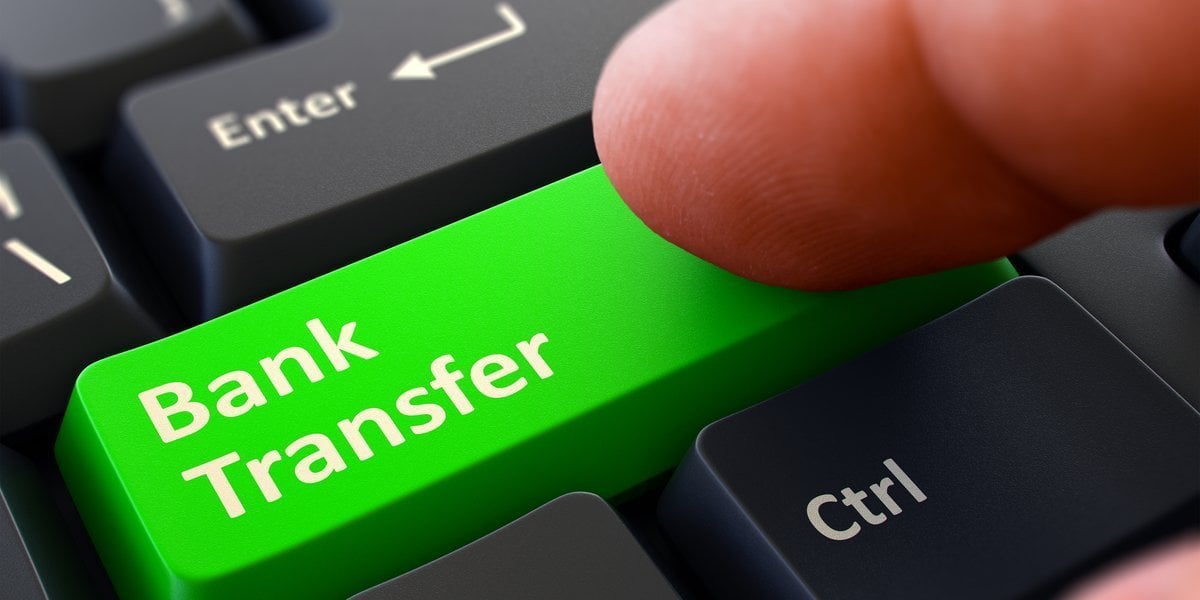Your basket is currently empty!
How to make a Bank Transfer

A bank transfer lets you move money from one bank account to another. It’s usually instant, free and done using mobile or online banking, over the phone or in branch. Here’s what you need to know.
How to transfer money to another bank account
A bank transfer – also known as a one-off payment – is a quick and easy way to move money to a different account. You can normally do this yourself using:
- mobile or online banking
- by phone, or
- in a branch.
Most banks let you transfer a certain amount each day via this Faster Payment service, often between £10,000 and £50,000. See your bank’s limit at Pay UK
If you’re looking to make a regular bank transfer, you can set this up using a standing order.
What details are needed for a bank transfer?
To make a bank transfer, you’ll need the:
- account holder’s name
- account sort code and account number
- amount you want to pay
- date you want to make the payment (if not immediately).
If you’re paying someone else, check if you need to add a statement reference so they can find your payment. For example, an invoice number or first line of your address.
Double check you’ve entered the right details
If you send money to the wrong account, or accidentally send too much, it can be difficult and slow to get your money back (if at all).
Before you can send money, many banks will check the details you’ve entered against records at the other bank. If they don’t match, you’ll be warned.
Some banks have yet to sign up to this confirmation of payee scheme, so always make sure you’ve entered the right bank details and amount before you continue.
You could also make a £1 test payment and send the rest after it’s been received.
Never make a payment to someone you don’t know
Never make a payment to someone you don’t know
Scammers can try and trick you into sending money to their account.
To try and prevent this, most banks ask why you’re making a payment – and will warn you if it could be a scam. But to protect yourself further, always make sure you know who you’re paying.
Even then, if you’re buying something or paying for a service, ask if they will accept a different form of payment such as credit or debit card. Or, if you can pay when the work is complete or after you’ve received any items.
See Am I being scammed? How to tell if you’ve been targeted for help on recognising scams.
How long does a bank transfer take?
Money sent by bank transfer is often received:
- immediately after leaving your account, or
- within two hours.
But it can take up to one working day.
Make sure you have enough money to cover the payment, especially if you’ve set up a bank transfer for a future date.
You could pay a fee if the bank stops it, or expensive overdraft interest if it pays it anyway.
How to put cash into a bank account
You can normally pay cash into a bank account:
- at the Post Office
- at a bank branch.
You’ll typically need your debit card and PIN or a paying in slip.
What to do if you’ve sent money to the wrong account
If you’ve made a mistake, contact your bank as soon as possible to report the problem. They’ll then:
- Start investigating within two working days.
- Ask the other account holder to pay the money back.
- Let you know the outcome within 20 working days. Either:
- your money is paid back
- your money can’t be recovered, often as the other person disputes it
- you’ll be told the options you can take, including asking for the name and address of the person who received the money.













